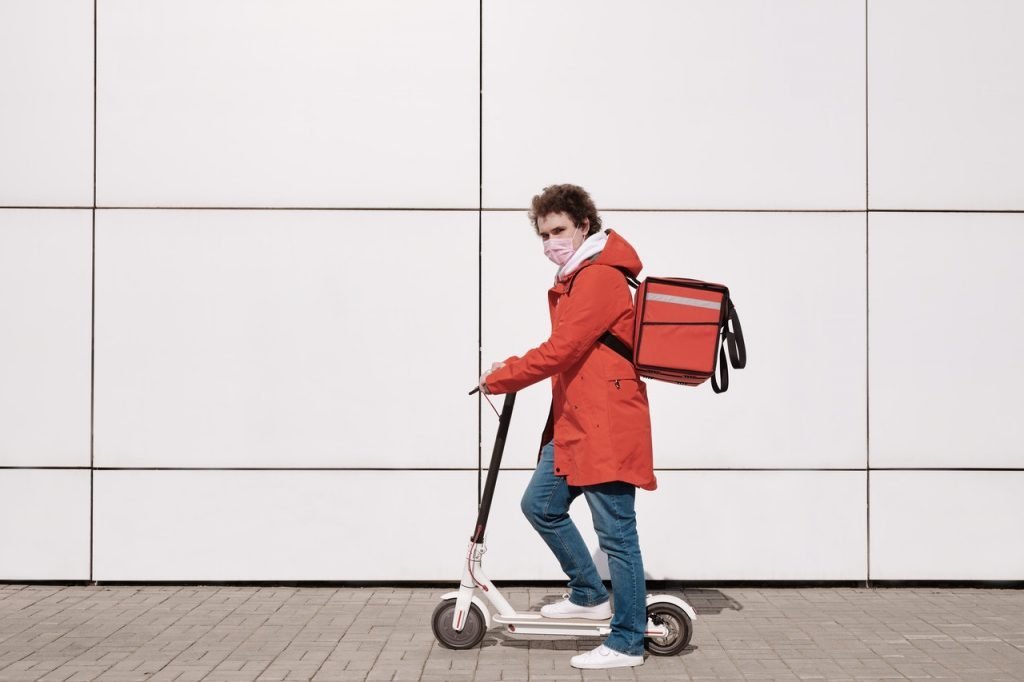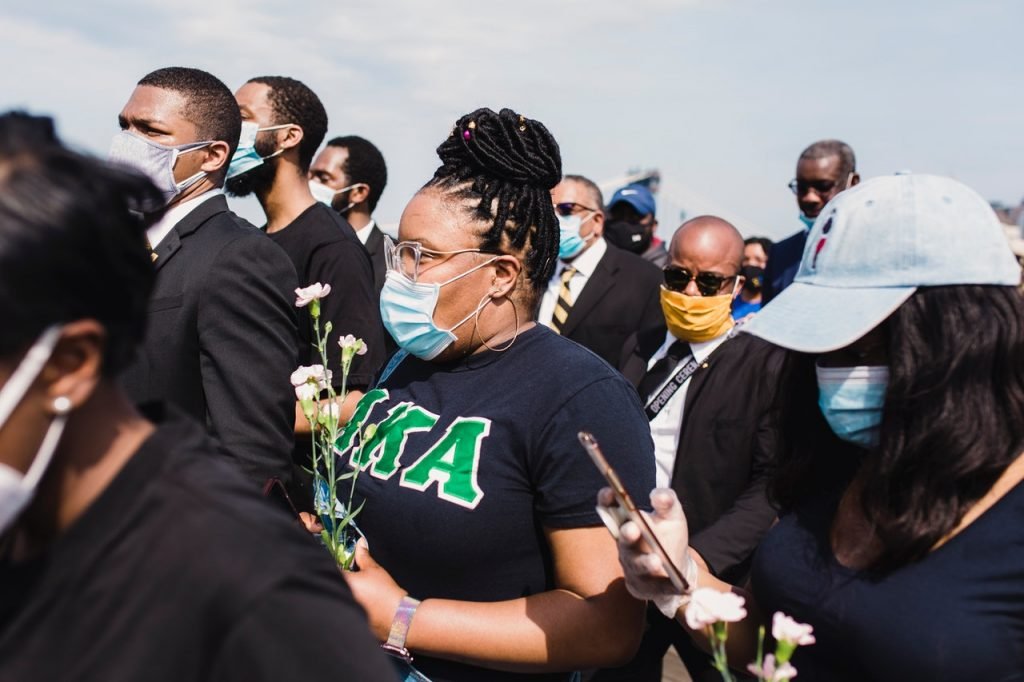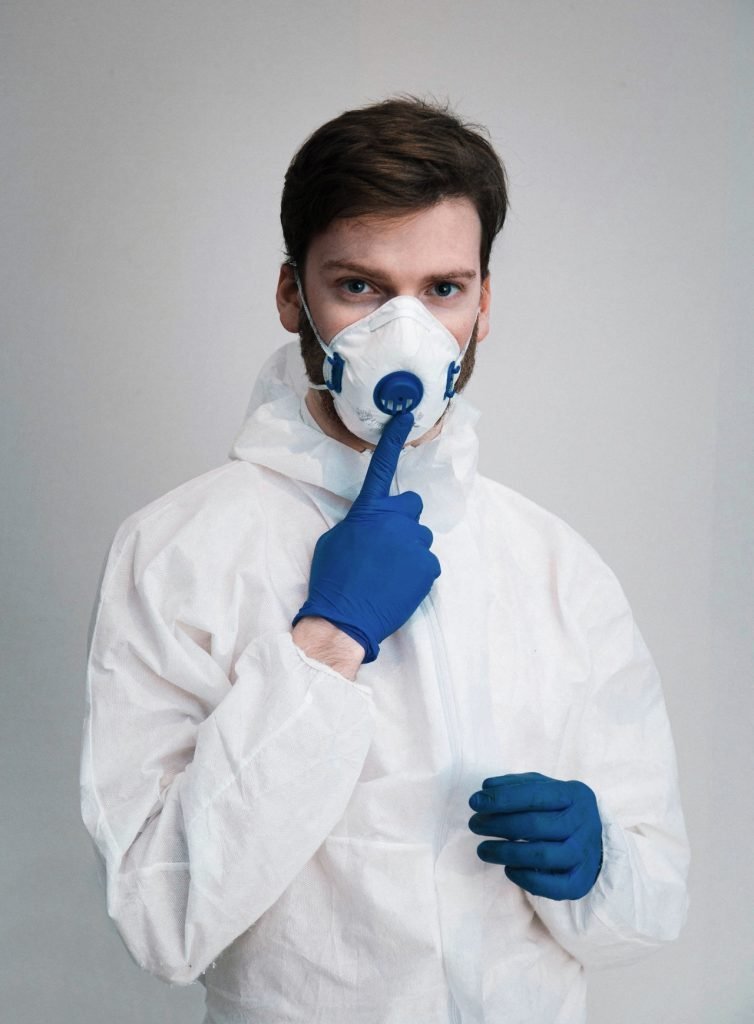Most states in the US, including California, have started to re-establish the stay-at-home orders and are now asking people to wear face coverings whenever they want to go to public places to minimize the spread of COVID-19.
Recently, both the World Health Organization and the Centers for Disease Control and Prevention (CDC) recommend that the general public should wear cloth masks, contrary to their earlier recommendation of wearing only surgical masks and N95 masks. Due to these changes in the guidelines, people are starting to get confused when it comes to the use of masks. However, health experts reveal that there is evidence that wearing masks can greatly help in preventing the spread of COVID-19. This means that the situation could get better if more and more people will wear their masks.
Peter Chin-Hong, MD, a specialist in infectious disease, and George Rutherford, MD, an epidemiologist, reveals the reason why CDC reversed their decision about mask-wearing, the factors to consider when selecting the mask to wear, as well as the science behind how masks work.
What Is the Reason Why CDC Changed Its Guidelines?
According to Chin-Hong, the earlier CDC guidelines were based on what they thought could reduce the disease prevalence during the start of the pandemic. However, that was the outcome of not doing a lot of testing. He said that we were having a misleading sense of security.
On the other hand, Rutherford was more straightforward. The major concern is that there is only a limited supply of N95s and surgical masks for health care workers, which should have been prevented if we had advised the general public to wear cloth masks right from the beginning.
Chin-Hong further added that culturally the people in the US were not prepared to wear masks compared to a few countries in Asia wherein this practice is quite common. Until now, there are still some Americans who are hesitant in wearing masks and they keep on ignoring the CDC guidelines and local regulations on masks. According to Chin-Hong, this act can be considered as “foolhardy.”
What Made the CDC Changed Its Guidelines About Masks?

Well, it is actually the increase in disease prevalence as well as knowing that there is a possibility for both asymptomatic and pre-symptomatic transmission. In fact, they found out that this is quite common. Based on the studies, it could get more aggressive before the start of the symptoms. Ultimately, talking is enough to spread the virus-carrying droplets.
According to Chin-Hong, the biggest thing that influenced the COVID guidelines on masks is that we do not know who is infected. Obviously, you can’t go into the crowd and tell a person that he/she should wear a mask. Since there are lots of asymptomatic infections, then everyone should wear a mask.
Is There Any Evidence That Wearing A Mask Can Effectively Prevent COVID-19?
There are several strings of evidence that support the effectiveness of wearing masks. One particular piece of evidence originated from laboratory studies of respiratory droplets and the capability of masks to block them. Using high-speed video, researchers experimented and discovered that several droplets were produced by merely speaking a simple phrase. The droplets could range from 20 to 500 micrometers. Nevertheless, almost all of these droplets were blocked when the mouth has a covering, even a damp washcloth.
Another study revealed that people who have common colds or influenza can significantly minimize the amount of these respiratory viruses transmitted in aerosols and droplets if they wear surgical masks. However, the most crucial evidence in favor of wearing masks can be found in the studies of real-life situations. According to Rutherford, the most essential thing is the epidemiologic data. Since it is improper to advise people not to wear masks during the pandemic, the epidemiologic data originated from “experiments of nature.”
For instance, a recent study presented in Health Affairs made a comparison of the growth rate of COVID-19 before and after the mandate on wearing masks was implemented in 15 states including the District of Columbia. Based on the study, the mask mandate has resulted in the reduction of the daily growth rate of COVID-19 and became more evident over time. During the first few days after the implementation of the mask mandate, there was a reduction of 0.9 percentage points on the daily growth rate compared to the five days before the mandate was implemented.
In three weeks, they found out that the daily growth rate has been reduced by 2 percentage points. Another study was conducted to investigate the coronavirus death rate in 198 countries. They discovered that those countries which implemented mask-wearing policies have lower death rates. According to Chin-Hong and Rutherford, there are two interesting case reports which reveal that wearing masks can significantly prevent transmission of COVID-19 during high-risk situations.
One case is when a man, who was tested positive for COVID-19, flew from China to Toronto. He was suffering from a dry cough. Since he was wearing a mask during the entirety of the flight, all the 25 individuals who were close to him during the flight were tested negative for COVID-19. In another scenario, two hairstylists who were infected with COVID-19 were having close contact with 140 clients. Because everyone was wearing masks, all of these clients were tested negative for the virus.
Can Masks Protect the People Who Wear Them or The People Surrounding Them?

Chin-Hong thinks that there is enough evidence that shows that wearing masks can be more beneficial to people who are infected with COVID-19 since this can prevent other people from getting infected with the virus. However, wearing masks is also beneficial to those who do not have COVID-19.
Masks can be very effective since they are considered as “source control.” This is because larger droplets that are expelled can be prevented from evaporating into smaller droplets which could travel much farther. Rutherford also noted that it is important to remember that there is a possibility that you can catch the virus through your eyes. This risk is something that the mask could not block.
Should Everybody Wear Masks to Minimize the Transmission?
100% of people should wear their masks, however, Rutherford suggested that 80 percent is enough already. Based on one simulation, researchers anticipated that 80 percent of people wearing masks can significantly help in reducing the spread of COVID-19 rather than implementing a strict lockdown.
According to the latest prediction from the Institute of Health Metrics and Evaluation, 33,000 deaths could have been prevented by October 1 if only 95 percent of the population were wearing their masks in public places. Furthermore, Chin-Hong and Rutherford added that even if there were only a few people in your community who were wearing masks, you can still minimize your own chances of getting infected with COVID-19 by wearing one.
How to Choose the Right Type of Mask
Does the type of mask that you wear really matters? Several studies were conducted to make a comparison between the different kinds of masks. However, for most people, the most important thing is comfort. Experts have stated that the best mask to wear is the one that can make you feel comfortable all the time. Also, take note that N95 respirators are only ideal in medical situations including intubation. Typically, surgical masks provide more protection compared to cloth masks and most people think that they are more comfortable and lighter to wear.
Eventually, any type of mask that can cover both the nose and the mouth is beneficial. Instead of total prevention, the concept is actually risk reduction, according to Chin-Hong. You should not simply give up just because you believe that masks are not totally effective. Obviously, you don’t take cholesterol medicine because you want to totally prevent a heart attack, instead, you want to reduce the risk.

However, Chin-Hong and Rutherford warn people who are using N95 masks with valves since they cannot protect the people around them. Typically, this type of mask is used in construction to avoid inhaling dust. N95 masks have one-way valves that close when the person breathes in and open when the person breathes out.
This means that unfiltered air and droplets could likely escape. Chin-Hong suggests that if you wear a valved mask then you must also wear a cloth mask or a surgical mask over it. Otherwise, just avoid wearing a non-valved mask. In fact, in San Francisco, they specifically state that masks with valves do not adhere to the face-covering mandate of the city.
Are Masks Still Needed Even If People Are Practicing Social Distancing?
Chin-Hong has a mnemonic for avoiding COVID-19. He called it the three W’s, wear a mask, wash your hands, and watch your distance. However, among the three, the most important one is wearing a mask. Contrary to wearing a mask, wiping down your grocery items or your smartphones are simply distractors.
According to Chin-Hong, there is actually less evidence that contaminated surfaces or fomites are the dominant sources of transmission while there is plenty of evidence that transmission is caused by inhaled droplets. Rutherford also added that it is important to always wear masks and practice social distancing. You should avoid parsing them apart. But he believes that wearing masks is more important. If you are looking to order high-volume face masks, then you should contact LCR Services at 602-200-4277 or send us your message at sennsour@lcrsvcs.com.
